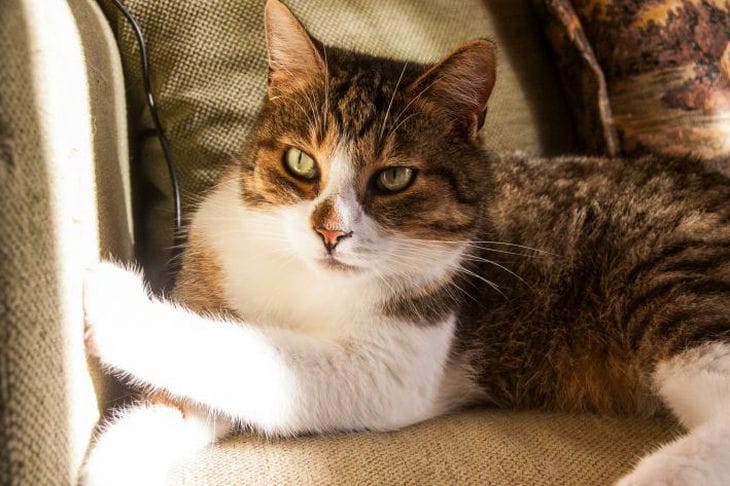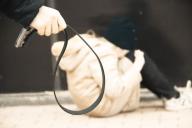Trimming your cat's claws is an important procedure for maintaining your pet's health and the safety of your furniture.
However, many owners experience difficulties in carrying it out.
Experienced felinologists share secrets on how to make this process safe and comfortable for the animal.

Preparing for the procedure
Before you start trimming your cat's claws, you need to prepare all the necessary tools and create a comfortable environment for your cat. Special claw cutters or scissors for animals should be sharp and clean.
Some owners prefer to use guillotine nail clippers, which provide a more precise cut. It is also recommended to prepare a styptic powder in case the blood zone of the nail is damaged.
Choosing the right moment
Choosing the right time to trim your cat's claws can make the process much easier. It's best to do it when your cat is calm and relaxed, such as after a meal or while resting.
Some felinologists advise combining claw trimming with pleasant procedures for the cat, such as brushing or a light massage, to create a positive association.
Haircutting technique
Proper technique for trimming your cat's claws is critical to the safety of the procedure. You need to carefully grasp the cat's paw and gently press on the pad to release the claw.
Only the tip of the claw should be cut, avoiding the pink part (living tissue), where the blood vessels and nerve endings are located. The cut should be made at an angle that follows the natural shape of the claw.
Frequency of procedure
The frequency of nail trimming depends on the individual cat and its lifestyle. Indoor cats that are unable to wear their nails down naturally may need trimming every 2-3 weeks.
Cats that have access to the outdoors or actively use a scratching post may need the procedure less often. Regular inspection of the claws will help determine the optimal frequency of trimming.
Getting your cat used to the procedure
Getting your cat used to having its claws trimmed is a process that requires patience and consistency. It is best to start at an early age, gradually introducing the kitten to the procedure.
You can start with a simple touch on the paws, then move on to light pressure on the pads, and only then start the actual trimming. It is important to reward the cat with treats and affection after each successful attempt.
Alternative methods
For cats that absolutely hate having their claws trimmed, there are alternative grooming methods.
Providing a quality scratching post regularly can help to naturally keep the nails down.
Some owners use special nail caps that prevent damage to furniture and do not require trimming. However, these methods do not completely replace the need for periodic nail care.
Safety first
When trimming your cat's claws, your cat's safety should be your top priority. If your cat is very nervous or resists, it's best to stop the procedure and try again later.
If a blood vessel is damaged, it is necessary to immediately stop the bleeding using a special powder or cornstarch.
If you have any doubts or difficulties, it is always better to seek help from a professional groomer.








